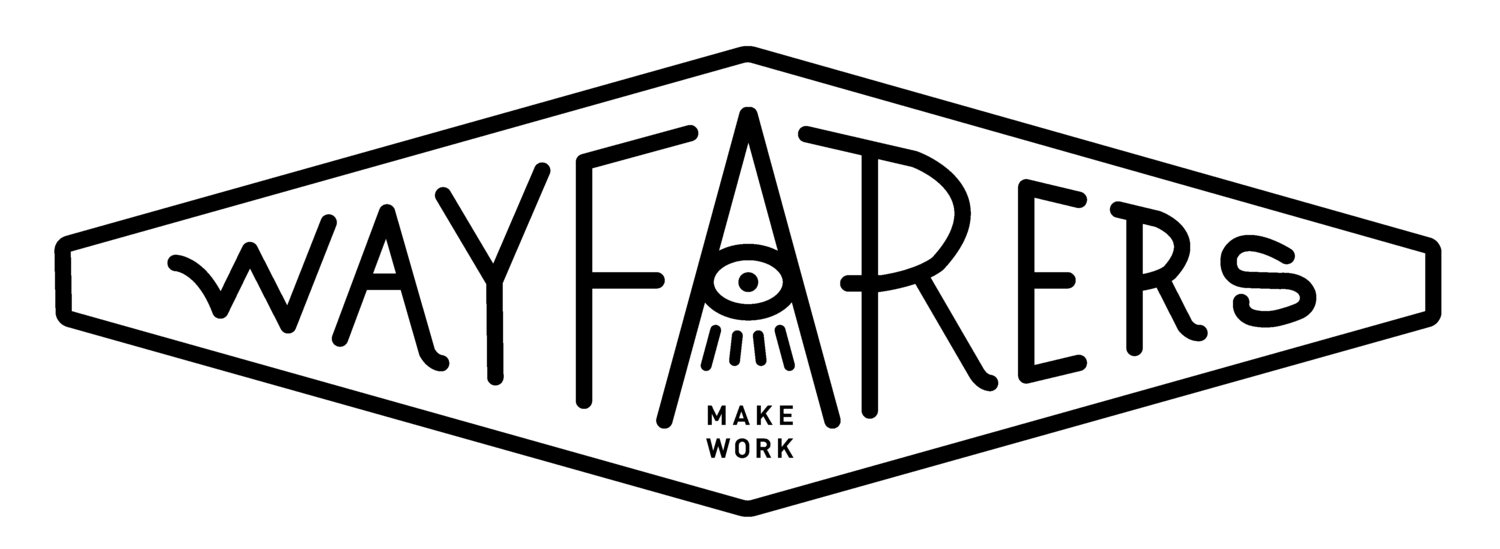what we create may save us
The Final Wayfarers’ Member Exhibition
curated by Cynthia Reynolds
October 2 – October 30, 2020 at Ejecta Projects
Hours: Thurs., Fri., Sat., 3-6 pm
David McQueen
Warfarers is honored to be hosted by Ejecta Projects in the exhibition what we create may save us. Curated by Cynthia Reynolds, the exhibition features work by 18 artists affiliated with Wayfarers, an artist-run studio program and gallery space based in Brooklyn since 2011. Over the past ten years, Wayfarers has partnered with many other artists’ collectives and galleries to exchange exhibitions and programming. The collaboration between Wayfarers and Ejecta Projects was intended to result in two different exhibitions – in Carlisle and Brooklyn – as a way to engage with new artists and audiences.
Wayfarers gallery will close the doors of its physical space in Brooklyn in December 2020, and the Ejecta Projects exhibition initially scheduled for viewing in New York is now taking form as an art book, an homage to the impulses, passions, and impermanence of small independent galleries. In this time of social distancing and COVID-related cancellations, Ejecta Projects is honored to install what we create may save us, Wayfarers’ final, physical members’ exhibition. The title of the exhibition, a phrase borrowed from a poem titled “Cranes in August” by Kim Addonizio, alludes to the impulse to make and share art, as an act of hope, connection, and survival amid loss and profound change.
David McQueen
Maureen O'Leary
Kimberly Reinhardt
Cynthia Reynolds
Samantha Robinson
Jillian Rose
Jonathan Sims
Meredith Starr
Elise Wunderlich
Exhibiting Artists
Kate Alboreo
Yael Azoulay
Patty Barth
Claire Blanchette
Elisabeth Condon
George Ferrandi
Dave Frye
Tom Keating
Cynthia Mason
The catalogue accompanying the exhibition was prepared by Cynthia Mason and Cynthia Reynolds. It is available for print-on-demand here.
Curatorial Statement by Cynthia Reynolds:
The Great Oxygenation Event, which occurred approximately 2.3 billion years ago, radically altered the earth’s atmosphere. It made possible the development of more complex and diverse forms of life, even as it caused those dependent upon previous conditions to die off. This global transformation was brought about by cyanobacteria, which use photosynthesis to convert sunlight into energy and release oxygen as a byproduct. For reasons that are not entirely clear, the cyanobacteria began to produce oxygen in quantities sufficient to overwhelm the “sinks” – environmental factors that absorb oxygen and prevent its accumulation in the atmosphere. Increased levels of free oxygen eventually gave rise to things that could breathe and led to the extinction of things that could not.
Today, we find ourselves at another atmosphere-defining crossroads, both figuratively and literally. We face grave threats to the survival of our democracy, our health, and our planet. As we grapple with painful aspects of our history, navigate our increasingly fraught relationship with the truth, adjust to existential dangers posed by simple human contact, and recognize our role in the destruction of the environment, we ask ourselves what part we can play in transforming our toxic atmosphere. As artists, we take up the mantle of the cyanobacteria to which we owe our existence. We filter our inspirations through encounters with the natural and built worlds, the past and the future, the unknown and the familiar, and the beautiful and the ridiculous. We release the byproducts of our observation, alienation, humor, skepticism, joy, anger, hope, and disillusion into the atmosphere in an effort to overwhelm the sinks of complacency, greed, ignorance, and hate.
Our individual expressions come together in a collective display of what matters to us. When so many of our connections to people and places have been interrupted or broken, we send our creations into the world as proxies through which we can still convey meaning and participate in conversation. At the same time, we long for the togetherness of Wayfarers, the cooperative studio program and gallery in Bed Stuy, Brooklyn, that is responsible for bringing this group of artists into the same oxygenated orbit. As we prepare to bid its physical space in Brooklyn farewell with this final Member Exhibition before it closes its doors in December, we acknowledge the bittersweet reality that even things that can breathe must eventually die, but only after they have first lived.
George Ferrandi


